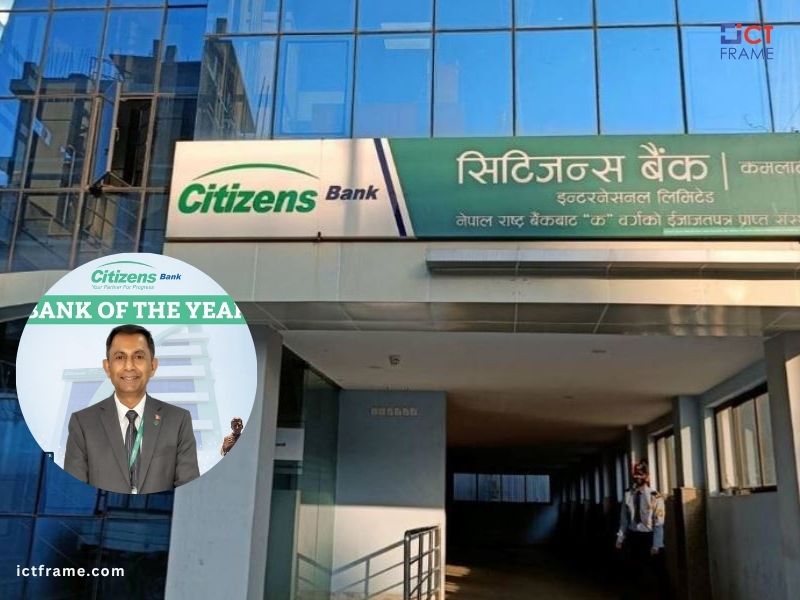Butwal Power Company Calls Special General Meeting with Two Key Agendas
19th October 2025, Kathmandu
Butwal Power Company Limited (BPC) is poised to make a monumental shift in its investment portfolio, a move that signals a strategic pivot toward consolidating ownership in key operational assets while shedding interests in long-delayed development projects.
BPC Calls Special General Meeting
This fundamental restructuring is set to be formalized at a Special General Meeting (SGM) on Kartik 21, 2082 (November7, 2025), where shareholders will vote on two high-stakes proposals: the complete acquisition of Himal Power Limited (HPL) shares and the sale of its stake in Kabeli Energy Limited (KEL). This dual-action strategy is designed to maximize returns from stable, income-generating projects and free up capital from slow-moving ventures, ultimately aiming to fortify BPC’s position as a leading powerhouse in Nepal’s rapidly evolving hydropower sector. This article delves into the strategic rationale behind these proposals, the implications for BPC’s financial future, and what this means for the broader Nepali energy market.
The Strategy: Consolidating Power through Himal Power Acquisition
The centerpiece of BPC’s new strategy is the full acquisition of Himal Power Limited (HPL). BPC plans to purchase all shares currently held by two foreign entities, Statkraft Holdings Singapore Pte. Ltd. and Eviny AS (formerly BKK), effectively making HPL a wholly-owned subsidiary of BPC. This is a profound move that will give BPC 100% ownership and control over a crucial, income-generating asset.
Why Himal Power Limited is a Prize
HPL operates the 60 MW Khimti I Hydropower Project, a significant landmark in Nepal’s energy history, having been the country’s first private-sector power project when it began operation in 2000.
Securing a Stable Income Stream: Khimti I is a long-operational project with a proven track record of excellent performance and world-class availability. The existing foreign partners, Statkraft and Eviny, are strategically exiting the South Asian market to focus on core markets in Europe and South America. This presents a unique opportunity for BPC, its local partner, to step in and secure a greater share of the stable, recurring dividend income that HPL generates. For a company like BPC, relying on mature and consistent operational assets provides a strong financial bedrock.
Mitigating Future Risk and Maximizing Control: Although the original Power Purchase Agreement (PPA) for Khimti I stipulated that 50% of the project’s ownership would be transferred to the Nepal Electricity Authority (NEA) after a set period, which would significantly reduce BPC’s investment return, taking full control now allows BPC to maximize its earnings in the short to medium term and exert total control over the future management and operational restructuring of the plant. Full ownership simplifies decision-making and allows BPC to integrate the 60 MW generation capacity directly into its strategic operational and financial planning without the complexities of foreign joint venture partners. This consolidation is a clear push towards nationalizing a crucial asset and creating a local giant in the power generation space.
The acquisition of this sizable, operational asset immediately strengthens BPC’s balance sheet and operational capacity, perfectly aligning with its long-term strategic goal of expanding its business through the development and acquisition of power generation facilities across the region.
The Pivot: Divesting from Delays with Kabeli Energy Limited
The second key proposal involves BPC selling its entire stake in Kabeli Energy Limited (KEL) to Arun Kabeli Power Limited (AKPL). This move represents a clear shift away from a project that has faced significant execution challenges.
The Rationale Behind the Kabeli Exit
KEL is the Special Purpose Vehicle (SPV) responsible for developing the 37.6 MW Kabeli ‘A’ Hydroelectric Project. While the project holds promise with an attractive PPA, its journey has been fraught with delays.
Escalating Project Delays and Cost Overruns: The Kabeli ‘A’ project has been subject to protracted timelines and various execution hurdles, including difficult terrain, adverse climatic conditions, and geological challenges. The original construction and commissioning schedule was not met, and activities were even temporarily put on hold due to contractor issues and non-compliances. Such delays tie up valuable capital and management attention without generating a return, increasing the overall project cost far beyond initial projections.
Releasing Trapped Capital: By selling its shares to Arun Kabeli Power Limited, BPC effectively monetizes its investment in a non-performing asset. This move immediately releases the capital that was locked in the construction phase of Kabeli ‘A’ and transfers the inherent development and execution risks to a new owner, AKPL.
Focusing on Core Competencies: The sale aligns with a prudent corporate strategy of streamlining the investment portfolio. The capital freed from the Kabeli project can now be redeployed into more promising, high-growth, and particularly, operational ventures—like the acquisition of the income-stable Khimti I project—or into BPC’s other core operational areas and subsidiaries, which include generation, distribution, and various engineering services.
In essence, BPC is trading a troubled, under-construction asset with uncertain returns for a highly stable and fully operational asset that immediately contributes to the company’s profitability and cash flow. This is a classic case of risk mitigation and portfolio optimization.
The Broader Impact on BPC’s Future
The two proposals—acquiring the stable 60 MW Khimti I while divesting from the delayed 37.6 MW Kabeli ‘A’—underscore a cohesive strategy by the Butwal Power Company management to enhance the quality and reliability of its earnings.
Financial Stability and De-risking: Consolidating ownership of Khimti I bolsters BPC’s top-line revenue from reliable hydropower generation, providing a crucial buffer against any potential volatility in other parts of its business, such as its historically loss-making distribution segment. The exit from Kabeli ‘A’ removes significant execution and financial risk associated with managing complex, delayed construction projects, contributing to a more comfortable and flexible capital structure.
Enhancing National Ownership: The acquisition of HPL from its foreign shareholders represents a significant step towards greater local ownership and control over Nepal’s critical power infrastructure. This is a move that aligns with the national goal of self-reliance and energy security, which may resonate positively with both investors and regulators.
Refocusing on Core Strengths: With the successful completion of these transactions, BPC will be able to dedicate its management resources and technical expertise more effectively to the efficient operation and maintenance of its consolidated power generation and distribution assets, driving further improvements in performance and profitability. The strategic vision is clear: to transition from a project developer struggling with long timelines to a powerful, integrated energy utility with a focus on stable, high-value operations.
The Special General Meeting on Kartik 21, 2082, is not just a formality; it is a critical juncture that will define Butwal Power Company’s strategic direction for the next decade. Shareholders’ approval will pave the way for a more streamlined, financially robust, and operationally focused BPC, firmly cementing its role as a key player in powering Nepal’s economic growth. The dual moves promise a brighter, more secure future built on consolidated power and calculated divestment.
For More: BPC Calls Special General Meeting








